What is a microgrid and how does it work?
Micro-Grid is a small power generation and distribution system, consisting of distributed power sources, energy storage devices, energy conversion devices, loads, monitoring and protection devices, etc. It can realize the integrated operation of internal power supply and load, and can coordinate and control with the main grid, smoothly connect to the main grid or operate independently.
The working principle of the microgrid is based on an independent power supply system. In an environment that is isolated or not isolated from the main grid, it aims to be self-sufficient and achieve the goal of meeting the user's power needs through independent energy management, energy storage, dispatching and information transmission. satisfy. Specifically, microgrids can realize the flow and storage of energy, convert AC to DC through inverters, and transport energy to consumption nodes. In the grid-connected state, the microgrid is connected to the traditional distribution network to achieve grid-connected operation management; when the grid loses power or the power quality is low, the microgrid can automatically and quickly disconnect from the grid and ensure that the load does not lose power.
In addition, the microgrid also has the ability of self-control, protection and management, and is an autonomous system.
What is the role of microgrids in smart energy systems?
Microgrids play a vital role in smart energy systems and have many functions and advantages.
Microgrids can improve the safety and reliability of power systems. It can interrupt the connection with the main power grid and continue to operate independently when a large-scale power outage occurs, thereby ensuring the supply of household and commercial power within its service area. In addition, microgrids can also promote the integration of renewable energy into the grid, facilitate the development of renewable energy, and improve the disaster resilience of the power system.
As an important part of the smart grid, microgrid can realize comprehensive management and dispatch of power generation, storage and consumption. It provides users with reliable energy supply through local energy production and storage. This flexibility and efficiency make microgrids an ideal platform for the integration and utilization of distributed power generation technology and renewable energy power generation technology.
In addition, the microgrid also has two operating modes: grid-connected and off-grid, which can switch smoothly to provide users with high-quality and reliable power. By improving the way the active distribution network accepts distributed power in a cluster, microgrids can improve the utilization rate of distributed power, reduce the network loss of the active distribution network, and improve the level of economic benefits.
What types of microgrid energy storage solutions are there?
There are many types of microgrid energy storage solutions, including the following:
Battery energy storage: This is one of the most widely used energy storage methods currently commercially available. Although lead-acid batteries have some disadvantages, they are still widely used.
Flywheel energy storage: This energy storage method uses a flywheel that rotates at high speed to store energy and release it when needed.
Superconducting energy storage: Superconducting materials store energy at low temperatures close to absolute zero, with the characteristics of high efficiency and long life.
Supercapacitor energy storage: This energy storage method uses the ability of capacitors to charge and discharge quickly to store energy, and is suitable for scenarios that require fast response.
Hybrid energy storage: combines the advantages of multiple energy storage technologies, such as batteries with supercapacitors or flywheel energy storage, to improve the overall performance and reliability of the system.
Each of these energy storage methods has advantages and disadvantages and is suitable for different application scenarios and needs.
What is the economic benefit and environmental impact assessment of microgrids?
The economic benefits and environmental impact assessment of microgrids can be analyzed in detail from many aspects.
From an economic perspective, microgrids have significant advantages. First, microgrids can optimize the use of waste thermal energy, thereby providing energy supply at a lower cost. Secondly, as a type of microgrid, the natural gas distributed system can help relieve the pressure on the power grid and create a new model of energy production and consumption. In addition, choosing cogeneration can improve the comprehensive utilization efficiency of energy and provide end users with highly reliable power supply. By intelligently coordinating and managing the generation, flow, storage and consumption of energy through automated control systems, microgrids can maximize their environmental and economic benefits.
Microgrids also have unique advantages from an environmental impact perspective. Microgrids reduce the overall environmental burden by reducing associated costs such as transmission and distribution losses, customer service, and power congestion. In addition, the utilization rate of renewable energy in microgrids is high, which not only enhances the stability of the system, but also has huge environmental value. For example, in the Gongqing Jiangyi Solar Energy Utilization and Smart Microgrid Innovation Demonstration Base Project, the environmental impact assessment document has been approved, indicating that the project has also been recognized in terms of environmental protection.
Microgrids excel in terms of both economic benefits and environmental impact. Not only does it provide energy supply at a lower cost, it also reduces environmental burden by optimizing energy utilization and increasing the use of renewable energy.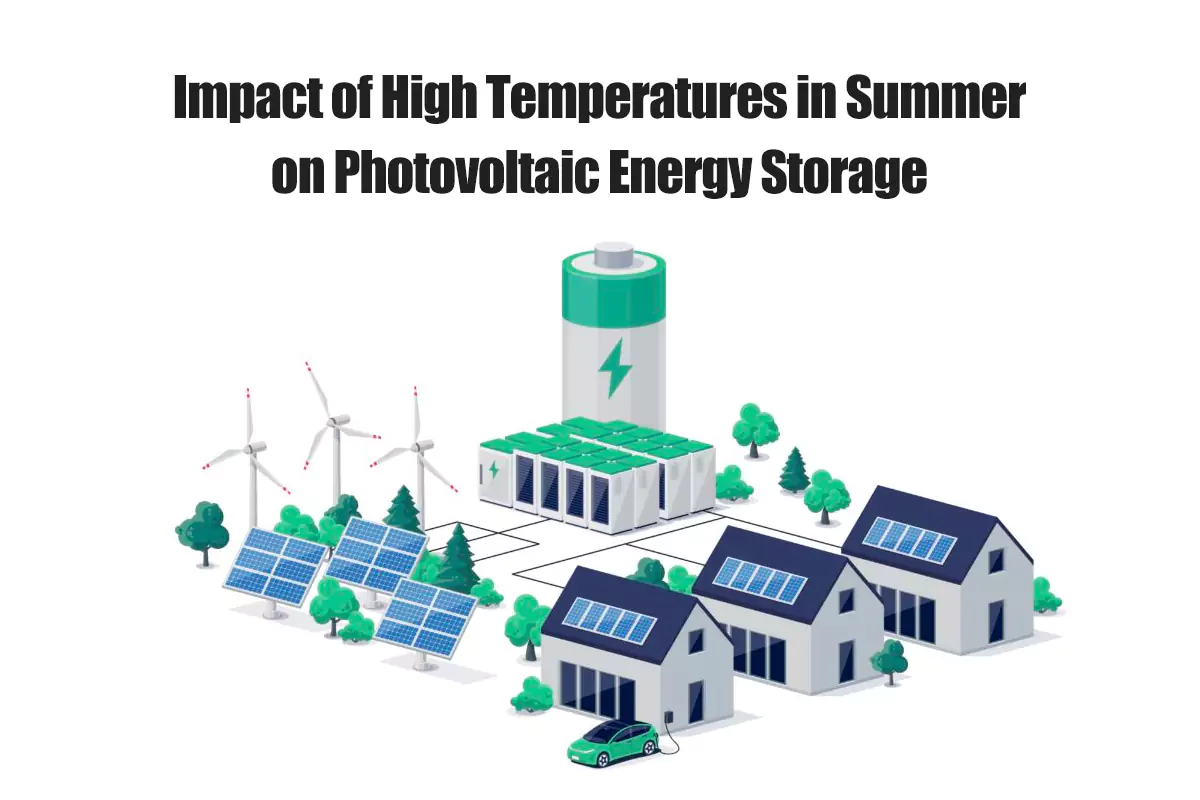
What are the current development trends and challenges of global microgrid technology?
The current development trends and challenges of global microgrid technology can be analyzed from many aspects.
From the perspective of development trends, the global microgrid market is developing rapidly. For example, Saudi Aramco’s 2.2 GW microgrid project has promoted rapid market growth, and it is expected that the market size covered by the global microgrid industry will reach more than US$155 billion by 2023. Furthermore, the microgrid market in Asia-Pacific is growing at the highest CAGR, which is mainly attributed to increasing rural electrification rates in countries such as India, Malaysia, and the Philippines. However, despite the expansion of the market, microgrids are still mainly in the pilot and demonstration stages and have not yet begun to be promoted and applied on a large scale.
From the perspective of technical challenges, microgrids face three major technical challenges: randomness and volatility of distributed resources, integration of high-proportion power electronics, and multi-energy flow configuration and interaction. These challenges need to be solved through advanced technologies such as artificial intelligence and the Internet of Things. In addition, the interaction between microgrids and external distribution systems is also an important technical problem. High-penetration microgrids connected to external distribution networks fundamentally change the operating mode of the power system.
Learn more about Our Microgrid Solutions & Products
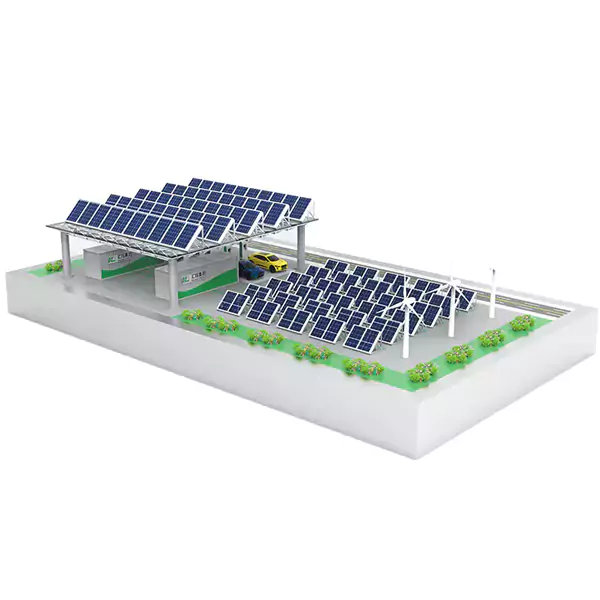
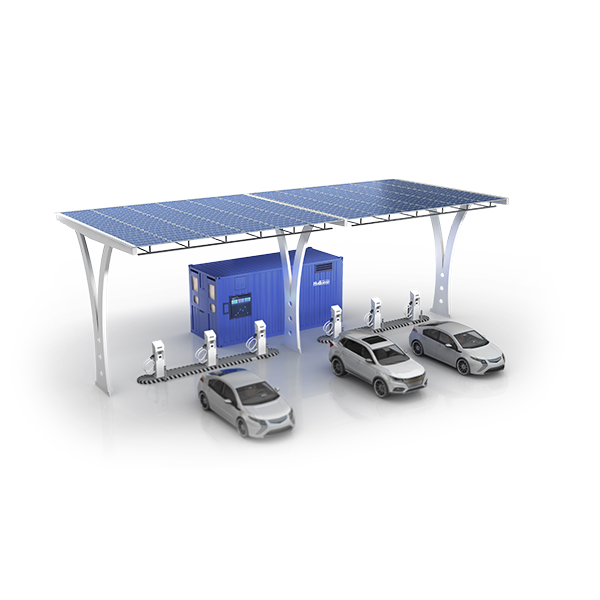
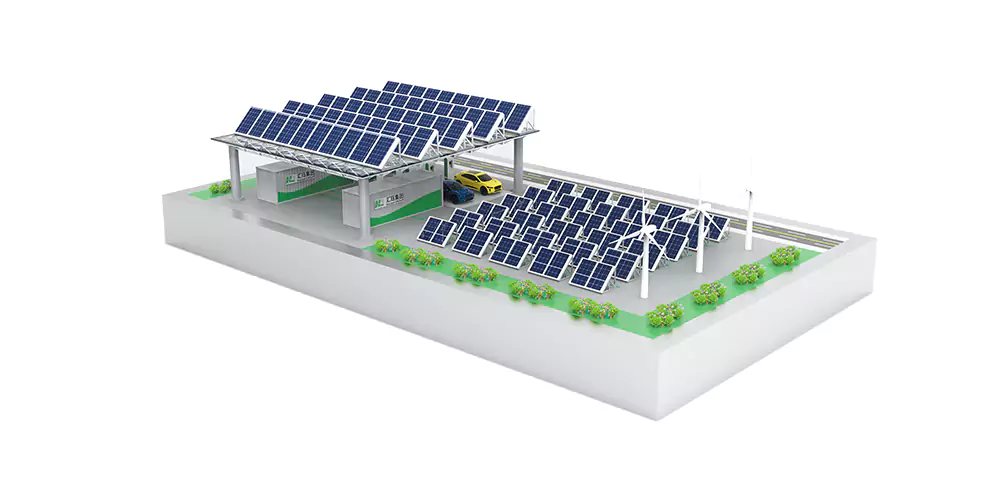




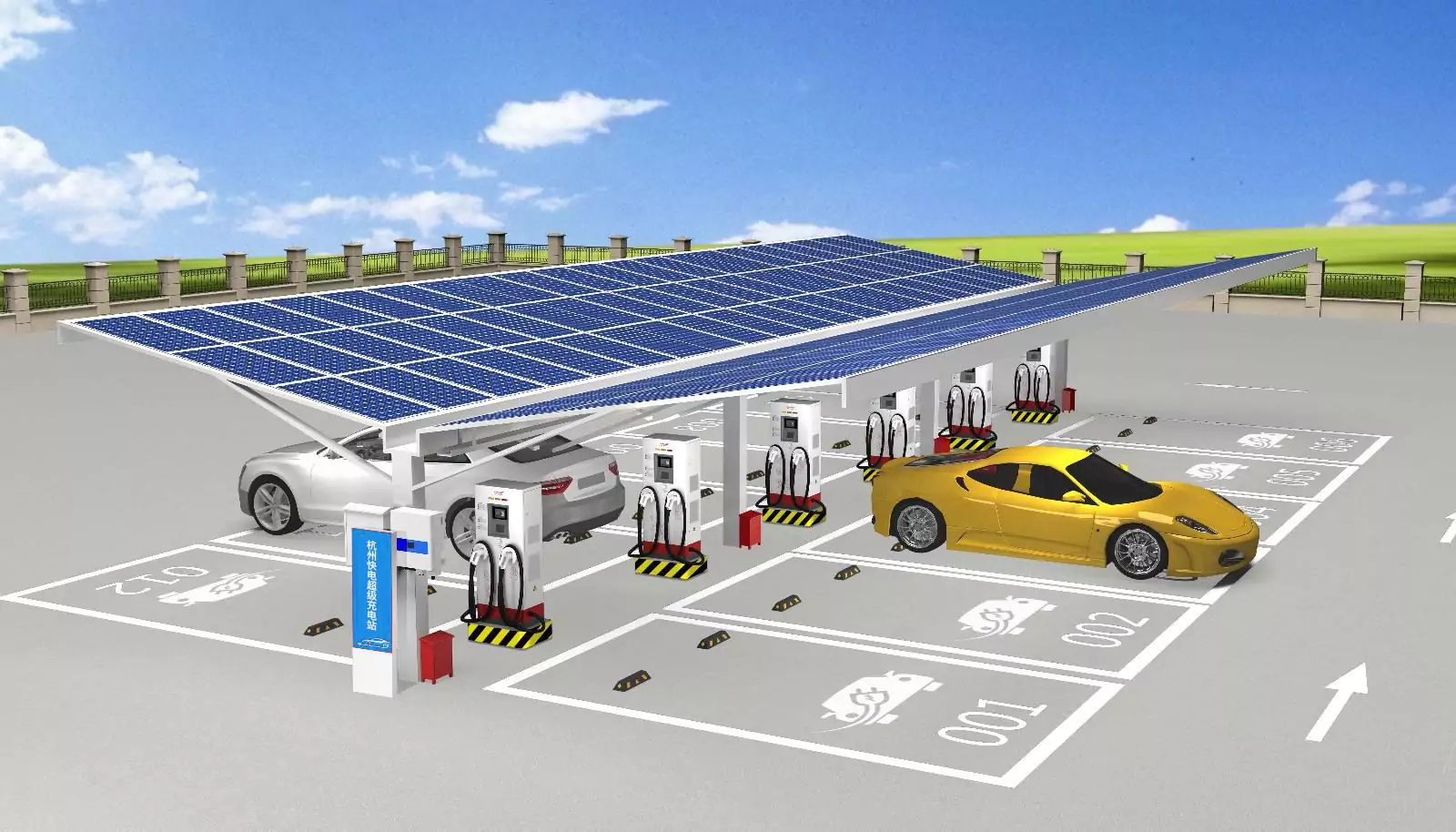
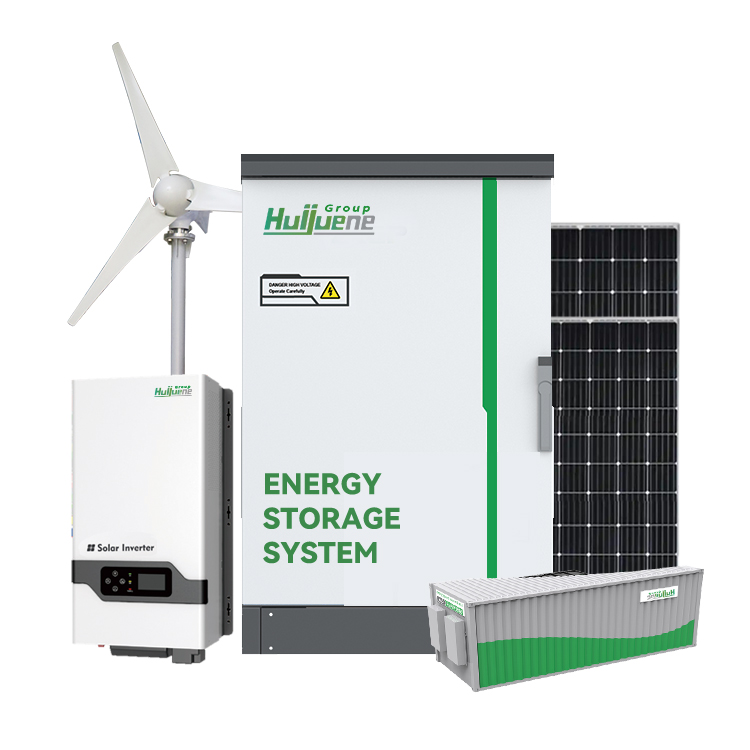
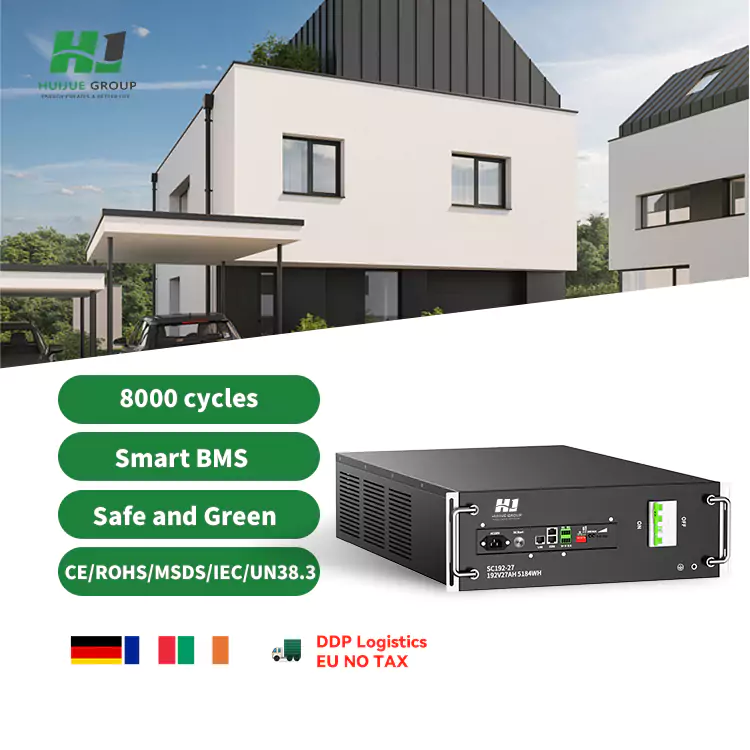
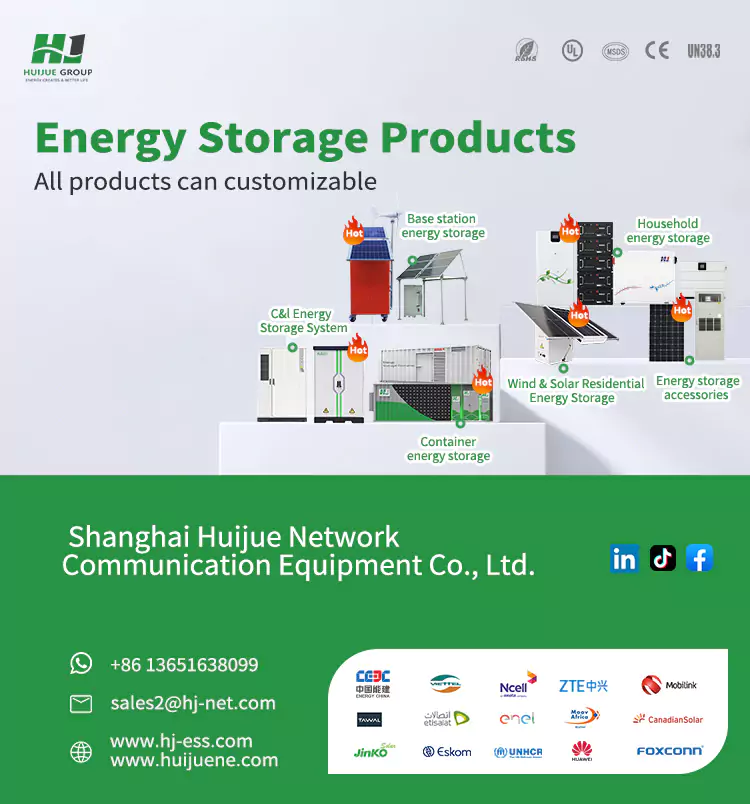



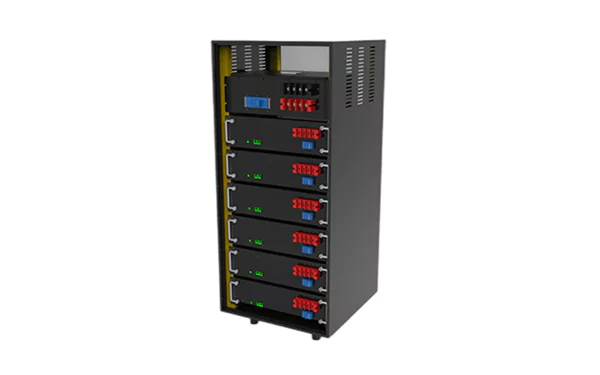
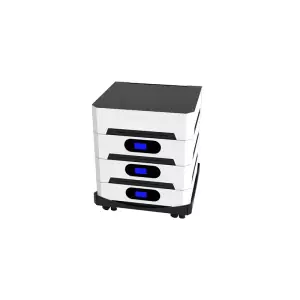
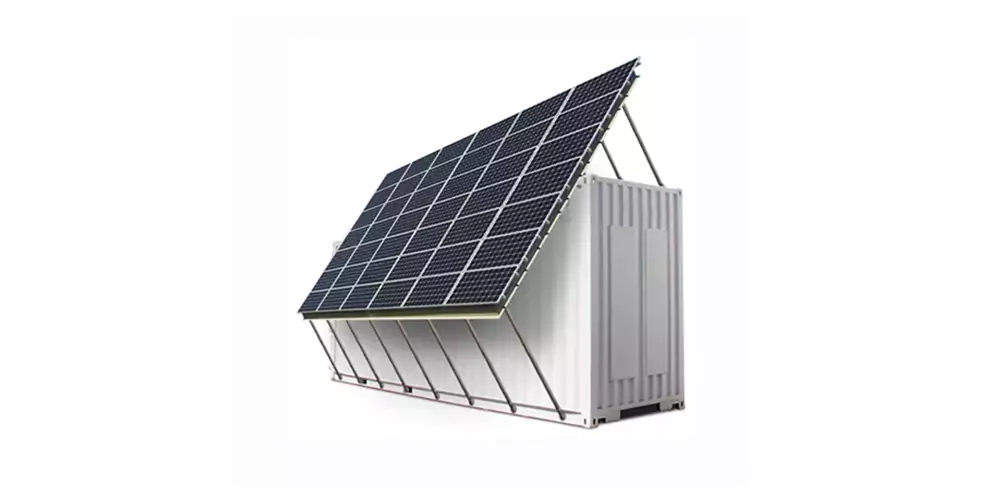
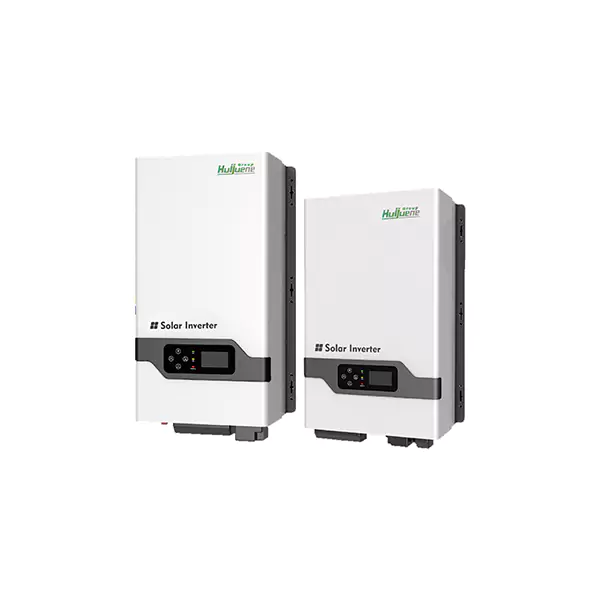
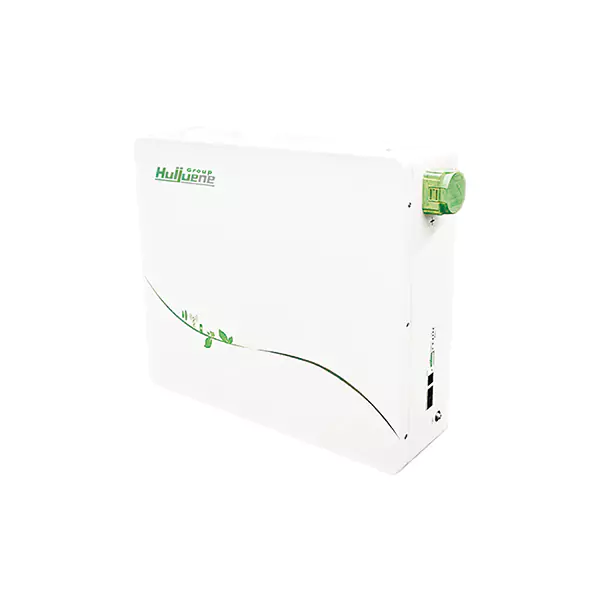

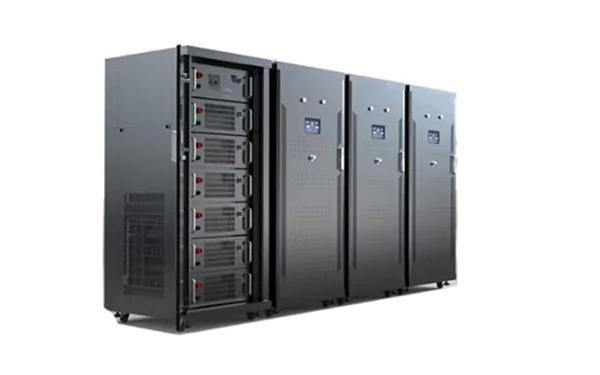
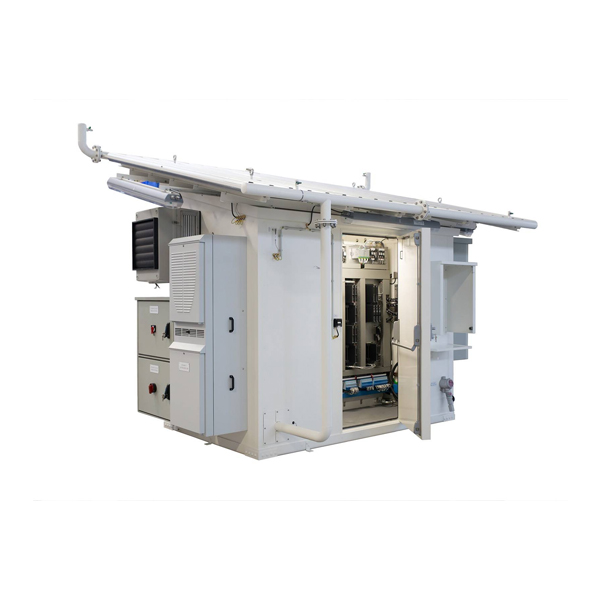

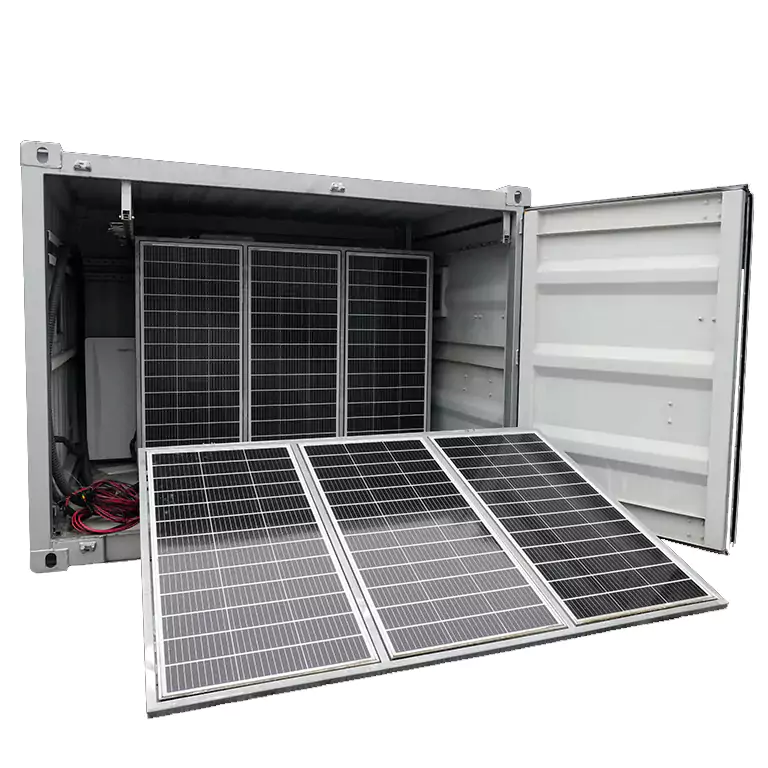
 Inquiry
Inquiry Online Chat
Online Chat